This is the time of year when wild game meat has been accumulated in the freezers of hunters and the cook of the house is grabbing a bird or a meat cut destined for the kitchen. This is also the time of year when those new to cooking wild game are asking questions on how to prepare the game meat they have been given by a friend or relative. This is also the time of year when wild game feeds are being held throughout the state with many new or would-be wild game cooks taking on the task of preparing wild game entrees for the first time.
With so many options for cooking wild shot or caught game, it can sure be perplexing for the new or inexperienced wild game cook to know where to start, right?
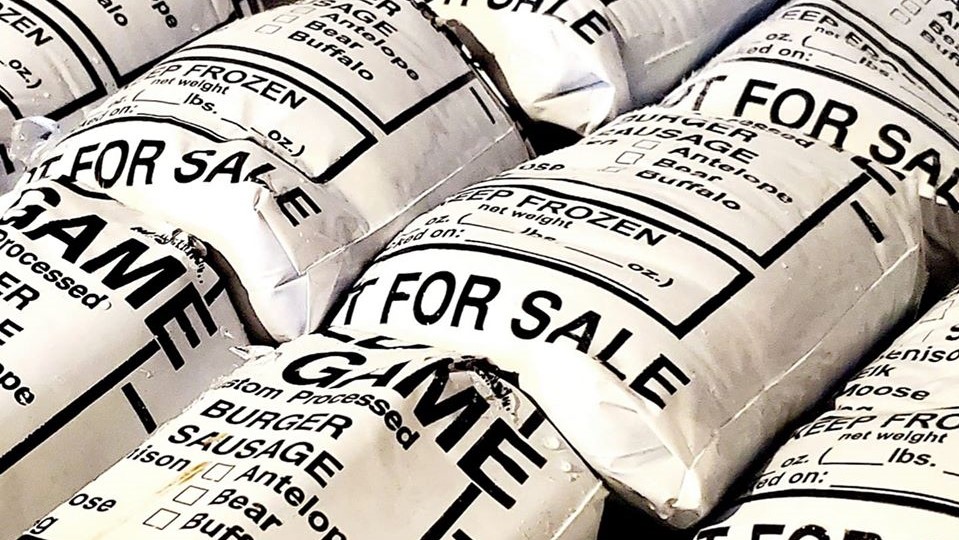
Well, no matter what the scenario is, any professional chef or wild game processor will tell you there is nothing magical or mystical about preparing a delicious wild game dinner. It is a simple but fun and adventurous thing to do, if that is, you follow some guidelines. More on those in a moment.
Really, anyone who can cook at all will enjoy preparing and serving a savory supper using wild game birds and animals that are often far superior to “domestic” offerings. Wild game is a tasty treat and healthy alternative to either faux-meats (“meatless meats”) as well as mass-produced real meats often treated with steroids, antibiotics and other chemicals.
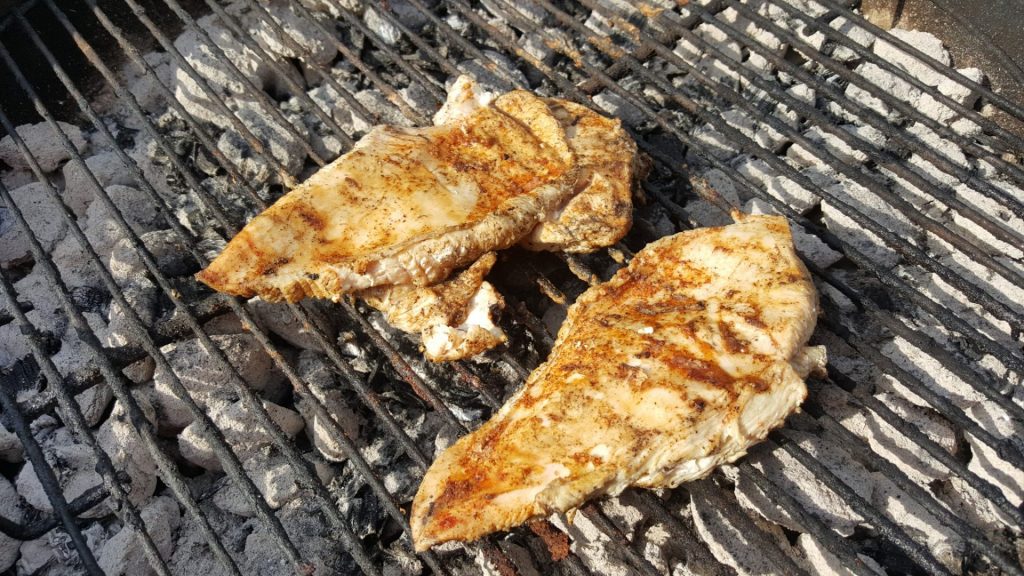
For example, according to a study by Purdue University, wild game such as deer, elk, pheasant and goose has an ideal ratio of Omega-3 to Omega-6 fatty acids, making game one of the healthiest sources of good fat on earth.
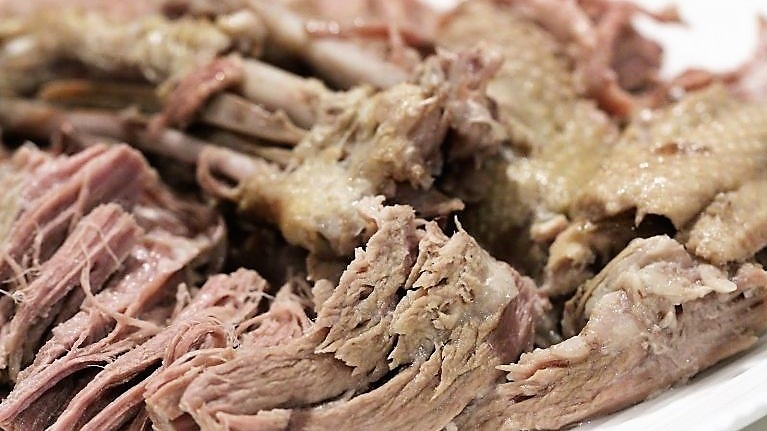
Now, about cooking that game meat you have.
Here is the rub (no pun intended): Before you embark on any recipe for free-ranging wild game, you need to understand the guidelines, the basics. If you are new to cooking wild game meat or have not done it for a while, here are the fundamentals to follow.
– Leaner, but drier. Game is leaner than domestic meat because wild animals walk, run, fly and roam freely all the time. Wild game meat is high in protein and low in calories and fat, but higher specifically in Omega-3 fats. With cooking, due to the leanness of wild game, it runs drier than most domestic meats, so recipes that keep it moist are necessary! Additionally, avoid treating game meat as a substitute for other more common proteins in recipes; instead choose preparations designed to bring out its unique qualities.
– Fast on high heat, long time on low heat. Your game meat will be succulent if you cook it for a short time on high heat or a long time on low heat. Game meat needs to be cooked thoroughly, however is best done medium-rare or until it pulls apart! The exception to the medium-rare recommendation are ground wild game burger patties. Cook ground deer, elk, and pronghorn antelope patties closer to medium.
– Grilling versus smoking. The split between grilling and smoking game meats is likened to traditional domesticated meats. Steaks, chops and boneless wild turkey breasts are best when cooked quickly on a hot grill. Cuts with a lot of connective muscle tissue (e.g. shoulders and ribs) that must be broken down are best suited for the “low and slow” heat of a smoker. If you do not have a smoker, consider adding some liquid smoke to your wild game meat. It offsets any “gaminess” to the taste. Incorporate liquid smoke in your marinade, or just sprinkle some of it on the meat and let it set a few minutes before cooking. Here are a couple tidbits of information for smokers of game meats that they may not know: Oak adds an Old World flavor to any wild game while mulberry gives a nice, mellow taste to it. Using a water-soaked cedar plank on a grill imparts a subtle wood flavor to game and fish along with fruits and vegetables, adding warmth and color to any dish.
– Younger game, older game. Younger game birds and animals generally taste better and are tenderer than older ones. Use young game in most recipes and even add some dry mustard as a flavor enhancer; reserve older game for stews and braising. Canning is also a good way to go with tougher cuts of meat.
– Freezer burnt game. What do you do with wild game meat that has been in the freezer for too long? Except for the extreme cases, you can still save a cut of wild game meat that has been freezer burned. Simply take a sharp knife and cut or trim off any areas that look discolored and discard them. Then you can proceed with preparing and cooking as you wish.
– Give it a rest. By allowing game meat to rest for several minutes immediately after cooking, you will give the juices a chance to redistribute. During the cooking process, the juices tend to concentrate in the coldest part of the meat, which is in the center.
– Age, tenderize and add flavor. Aging game will help tenderize it and add flavor. Essentially, aging is a change in the activity of muscle enzymes. The deterioration and the breakdown of cell molecules creates intense flavor, which improves further upon cooking. As an example, you should age an old wild turkey gobbler for about a week before freezing it or cooking it.
– Less is better. Simpler recipes are not only easier; they respect the nuances of game meat. Use sauces, spices, stocks and seasonings sparingly to enhance, not overpower your game. Sometimes we do too much to a wild game dish like smothering it in cream of mushroom soup or barbecue sauce! Serve game meat with flavors that accentuate its flavor but not ones that cover it up.
– Fresh herbs. When a game recipe calls for herbs, purchase them as fresh as possible from the grocery store or acquire them from someone who has a small herb garden. Old herbs have little taste. Preferred herbs to use with wild game are rosemary, sage, thyme, garlic, onion, bay leaves and juniper berries!
– Wines and wild game. To keep things simple, use white and rose wines for upland game birds such as pheasants, red wines for everything else. The texture and flavor of waterfowl is greatly enhanced by wine-based marinades. Cherry-flavored wines and fruity sangrias are highly recommended.
– Let it soak! Let wild game meat soak in marinades or brines overnight, or at least for several hours to enhance its juiciness. This will help add moisture and flavor to your meat as well as tenderize it. When it comes to brining in a saltwater solution, the proper ratio to use is 2 tablespoons of salt to 4 cups of water. Among the most common soaking liquids are buttermilk, saltwater, white whole milk, vinegar, vinegar-based salad dressings and lemon or lime juice.
– Add some fat. Another classic method for cooking game meat is to add some fat to the entree. One way to do this is to mix the wild game meat with a fattier meat (e.g. stew or brats made with half venison and half pork sausage); you could also go for the time-honored “wrap it in bacon” trick! Bacon flavor especially compliments venison.
– Rub it in. Sprinkle herbs and rub seasonings with your fingers on the wild game. Then let it sit a while before cooking. A general rule of thumb is one tablespoon of spice mix per pound of game meat. Brush a light coat of olive oil on meat that has been dry rubbed to help seal in flavors and moisture.
– Use a meat thermometer. When cooking more tender cuts of wild game meat (e.g. chops, steaks and roasts), use a meat thermometer. The difference between 140-degree exquisiteness and rip-your-teeth-out shoe leather really is only a matter of minutes. Keep in mind wild game does cook faster than domestic meats.
– Cooking cuts of deer meat. For deer meat, cook tender cuts like backstraps and tenderloins hot and fast on a grill or in a cast iron skillet with a little oil. Cook ground deer the way you would cook ground beef as long as some fat (pork or beef) has been added to it. For steaks, chops and roasts, give them the low (temp) and slow (time) treatment in a slow cooker or on the racks of a smoker. The meat turns tender after a few hours.
– What about wild-caught fish? The principal rule for cooking fish: Do not overcook your catch! The flesh of your fish should flake easily with a fork when it is done. To add a little flavor or texture to your catch, encrust the fish or fillets by dipping them in an egg wash and then topping them with lemon pepper. Closely monitor the fish while it cooks or is being smoked, as times will depend on the heat and size of the fish’s flesh. To enhance the flavor of your fish (especially those rich in fat like trout and catfish) consider adding a splash of malt vinegar, a few drops of lemon juice or even a small glass of pale wine. Fish such as trout, salmon and walleye are great to use grilling on water-soaked cedar planks due to their size, flavor and texture.

– Morels! Wait, how did they get in this blog? Ah those mouth-watering spring morel mushrooms. We cannot overlook them. They are wild fare. Plan to pick any this spring? Once home, give them a quick saltwater soak. Then cut them in half and thoroughly rinse them with a kitchen spray nozzle. Sauté your morel mushrooms in butter for about five minutes on a side. Cooking in butter brings out their rich, almost meaty, nutty flavor. Enhance your morel dishes with eggs, garlic, beef steak or deer tenderloins.
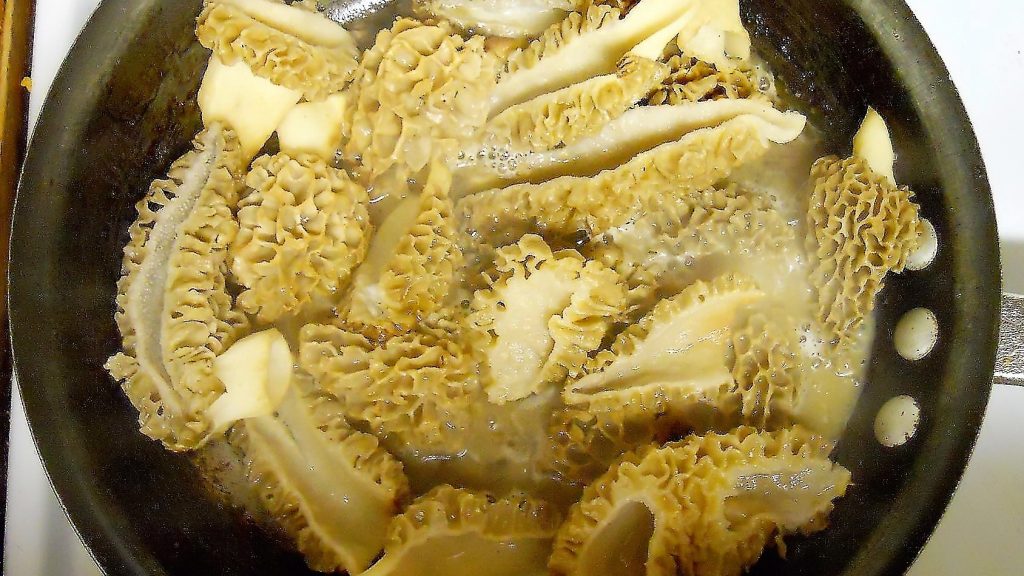
Turning wild things into delectable meals is not a daunting task.
Remind yourself that good-tasting wild game begins in the field with immediate field dressing and cooling of the animal, bird or fish as well as maintaining cleanliness. Most of the time the so-called “gamey” taste of wild game meat that folks cuss and discuss is a direct result of poor field care and lack of keeping your quarry clean and free of debris (dirt, mud, grass, leaves, etc.).
The premier part of serving wild game is that it is in concert with the trends modern-day foodies embrace – it is natural, locally-produced, lean, free-ranging and a renewable resource harvested in a sustainable manner (legal hunting).
Be sure to check all legalities for harvesting wild game animals and fish at OutdoorNebraska.gov
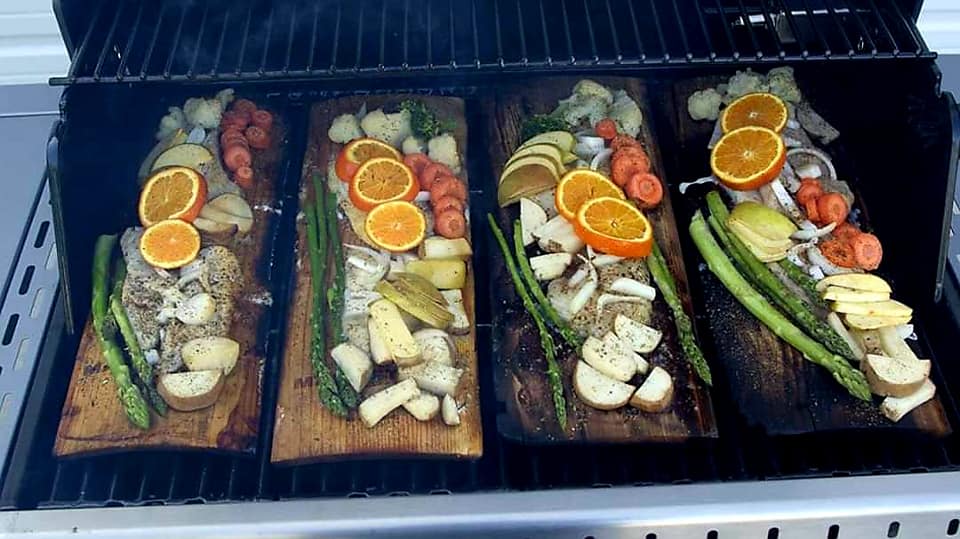
With its rich, intense flavor and high nutritional value, cooking wild game meat is an enjoyable way to expand your culinary horizons and offer something intriguing and different at the dinner table. All nutritional considerations aside, you’ll get a sense of accomplishment to cook something “cool” from the wild. Your family, friends or guests will love it!
Bon appétit!
“Wags” — Greg Wagner
*Greg Wagner is a lifelong Nebraskan who has been hunting, trapping and fishing for more than 50 years. He has learned wild game and fish cooking from some of the best executive chefs, camp cooks and wild game processors through the years.
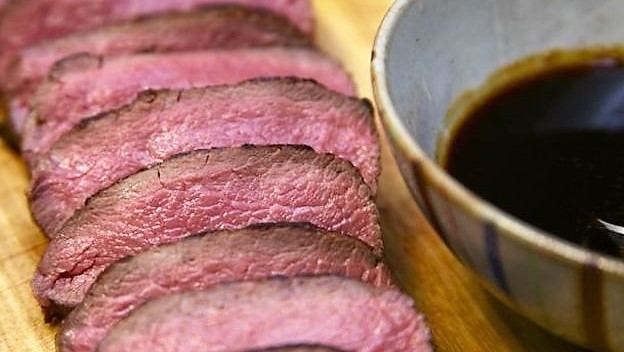
The post Wild Game Cooking 101 appeared first on Nebraskaland Magazine.
















